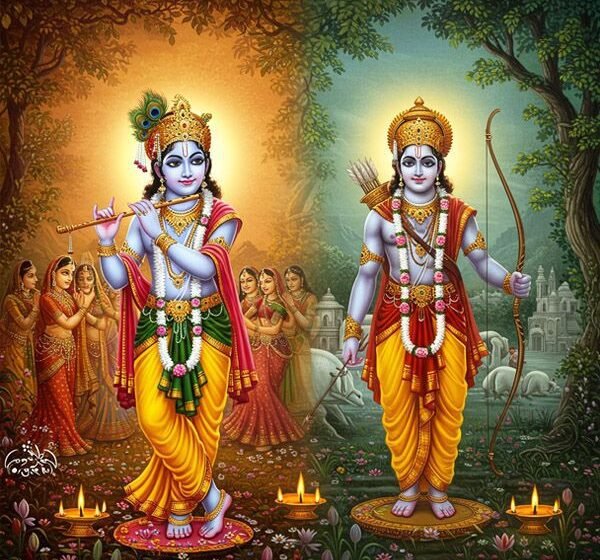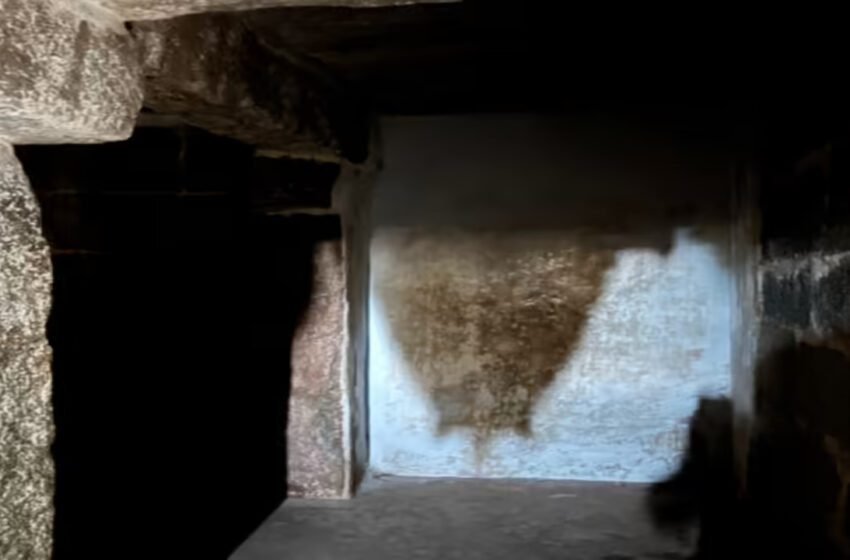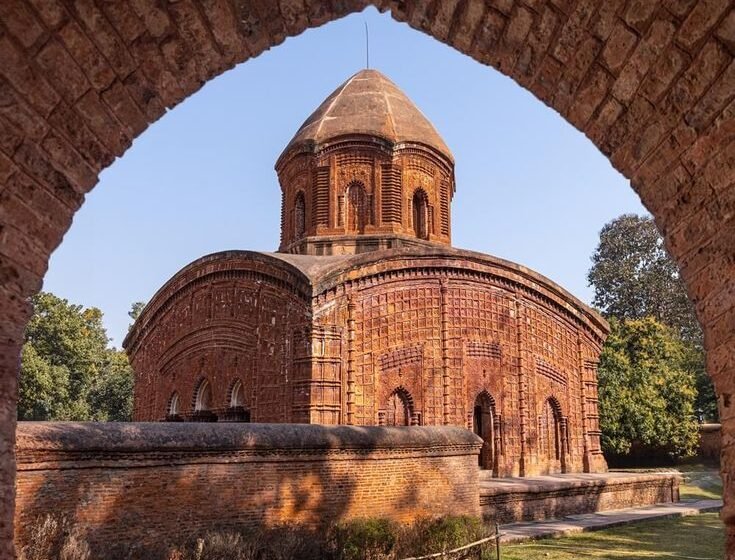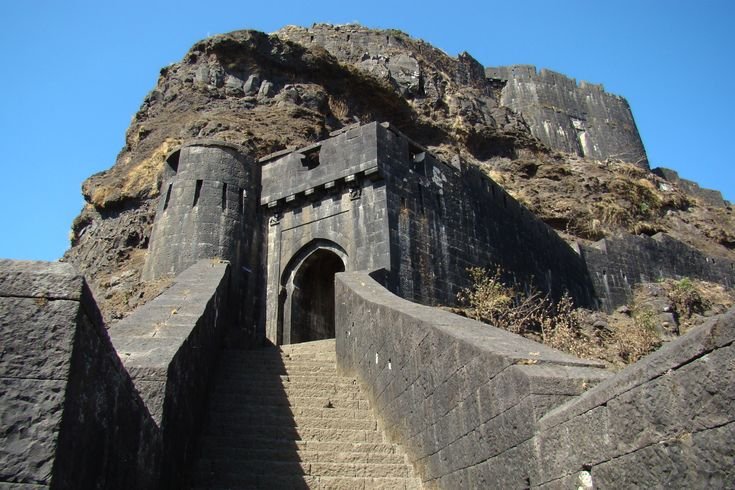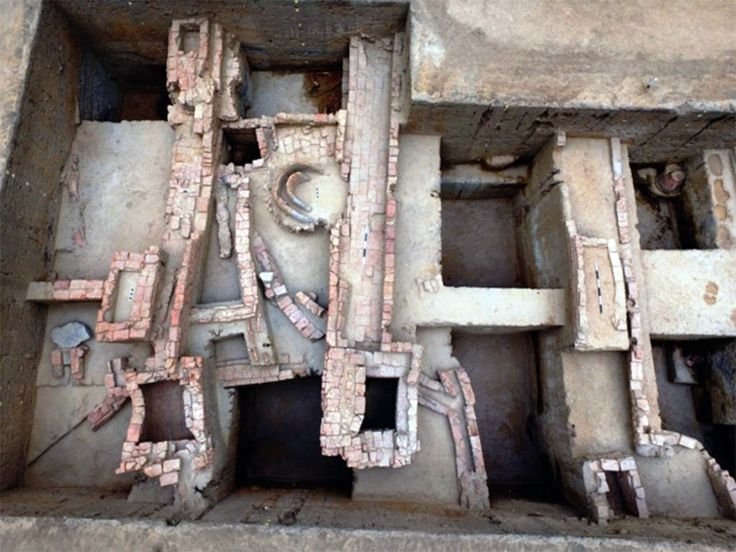– Bhoomee Vats India has long been credited with the invention of zero. This is further proved when the picture of Gwalior’s Chaturbhuj Temple comes to mind, which is dedicated to Shri Hari Vishnu. The temple, tucked inside the Gwalior Fort, was built under the rule of the sixth Pratihara ruler, King Mihir Bhoj, in […]Read More
-Anushka Sengupta Dr. Ramnath Aghori—sometimes called Yogiraj or Aghoreshwar—appeared in the mid-20th century as one of the most legendary and mysterious figures of the Aghori tantric tradition. Unlike ascetics who retreat into cloisters, Ramnath roamed freely across the borders of India and Nepal, drawing admirers in equal measure of spiritual devotees and kings. His life, […]Read More
-Anushka Sengupta “Sri Raghava Yadhaveeyam” is an extraordinary bidirectional poem (also called anuloma-viloma kavya) composed by Sri Venkatadhvari, a 17th-century Sanskrit poet and devotee of Lord Vishnu. What makes this composition so unique is that it tells two entirely different stories—the Ramayana and the Bhagavata (life of Krishna)—depending on the direction in which it is […]Read More
-Bhoomee Vats A UNESCO World Heritage Site, Hampi is more than just glorious. It is a huge example of science and the great ancient minds that used it. The 7th-century Virupaksha Temple of Hampi is dedicated to Lord Virupaksha, who is known as Pampapathi and is also a form of Lord Shiva. This extraordinary temple […]Read More
-Mili Joshi When we imagine temples in India, we often picture towering stone spires, intricate marble carvings, or grand granite halls echoing with chants. But far from the famous sandstone forts and marble mausoleums lies an earthy, humble medium that has silently preserved centuries of stories — terracotta. Especially in the floodplains of Bengal and […]Read More
Echoes of Forgotten Forts: Hidden Stories from India’s Overlooked Strongholds
-Mili Joshi When we think of India’s forts, names like Mehrangarh, Red Fort, or Chittorgarh often come to mind — mighty walls that have graced a thousand postcards. But far away from guided tours and polished plaques lie other forts, tucked in the folds of hills, hidden among forests, or perched quietly on rocky outcrops. […]Read More
-Mili Joshi In the crowded pages of India’s literary history, there lies a name that deserves to shine far brighter than it often does Rashsundari Devi. She wasn’t a queen, a scholar by title, or a revolutionary in the conventional sense. She was, quite simply, a woman who dared to write her life story when […]Read More
-Anushka Sengupta The Ambubachi Mela is one of India’s most sacred and unique religious festivals held at the Kamakhya Temple in Guwahati, Assam. Observed during the monsoon solstice in June, it commemorates the menstruation of Goddess Kamakhya, representing the fertility and regenerative power of the Earth. While most festivals honor divine purity, Ambubachi unabashedly worships […]Read More
-Bhoomee Vats One of the most significant archaeological discoveries of Indian history was made from the ancient soils of Keeladi, a small village on the banks of the Vaigai River in Tamil Nadu. The excavation, which was once a humble attempt at discovering and exploring history, turned into a focal point in a heated political […]Read More
Eram Massacre the Second Jallianwala Bagh Massacre: Orissa’s Silent Struggle
-Bhoomee Vats India’s quest for independence has been defined by innumerable acts of sacrifice, resilience, and collective strength. While many such events have gained national attention, some are overshadowed by more notable equivalents. The Eram Massacre of 1942, often known as the “Jallianwala Bagh of Odisha,” is a sorrowful but significant event that demands more […]Read More


